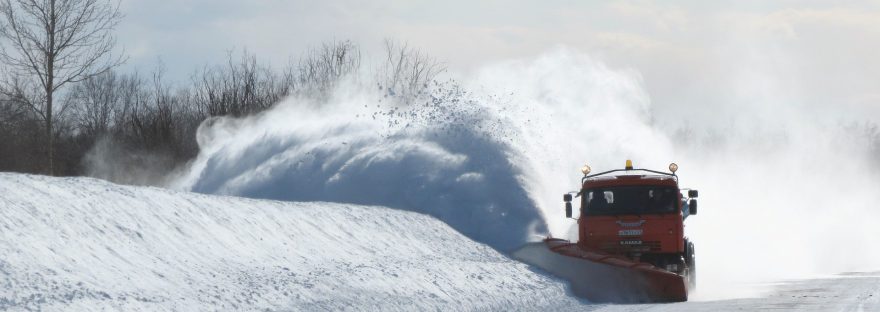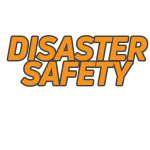Winter Storm Facts from the United States Search and Rescue Task Force:
What Makes a Winter Storm?
Cold Air:
Below freezing temperatures in the clouds and near the ground are necessary to make snow and/or ice.
Moisture:
To form clouds and precipitation. Air blowing across a body of water, such as a large lake or the ocean, is an excellent source of moisture.
Lift:
Something to raise the moist air to form the clouds and cause precipitation. An example of lift is warm air colliding with cold air and being forced to rise over the cold dome. The boundary between the warm and cold air masses is called a front. Another example of lift is air flowing up a mountainside.
Winter Deaths
Everyone is potentially at risk during winter storms. The actual threat to you depends on your specific situation. Recent observations indicate the following:
- Related to ice and snow:
- About 70% occur in automobiles.
- About 25% are people caught out in the storm.
- Majority are males over 40 years old.
- Related to exposure to cold:
- 50% are people over 60 years old.
- Over 75% are males.
- About 20% occur in the home.
Frostbite:
Frostbite is damage to body tissue caused by that tissue being frozen. Frostbite causes a loss of feeling and a white or pale appearance in extremities, such as fingers, toes, ear lobes, or the tip of the nose. If symptoms are detected, get medical help immediately! If you must wait for help, slowly rewarm affected areas. However, if the person is also showing signs of hypothermia, warm the body core before the extremities.
Hypothermia – Low Body Temperature:
Warning signs – uncontrollable shivering, memory loss, disorientation, incoherence, slurred speech, drowsiness, and apparent exhaustion.
Detection – Take the person’s temperature. If below 95F (35C), immediately seek medical care! If medical care is not available, begin warming the person slowly. Warm the body core first. If needed, use your own body heat to help. Get the person into dry clothing, and wrap them in a warm blanket covering the head and neck. Do not give the person alcohol, drugs, coffee, or any hot beverage or food; warm broth is better. Do not warm extremities (arms and legs) first! This drives the cold blood toward the heart and can lead to heart failure.
Helpful Links:
RedCross.org – Winter Storm Safety
Ready.gov – Be Informed: Snowstorms and Extreme Cold
The National Severe Storms Laboratory – Severe Weather 101 – Winter Weather



